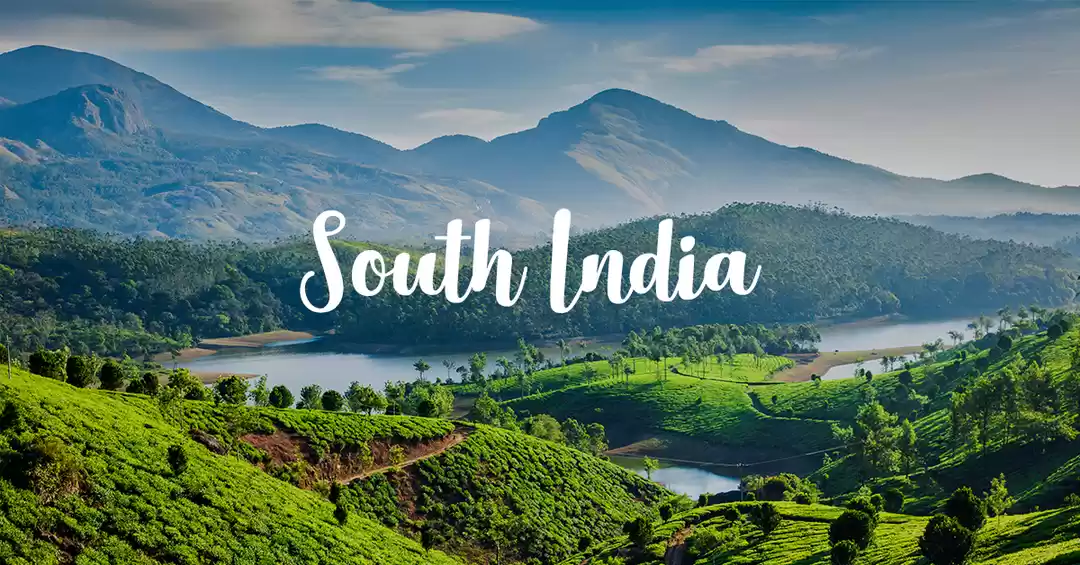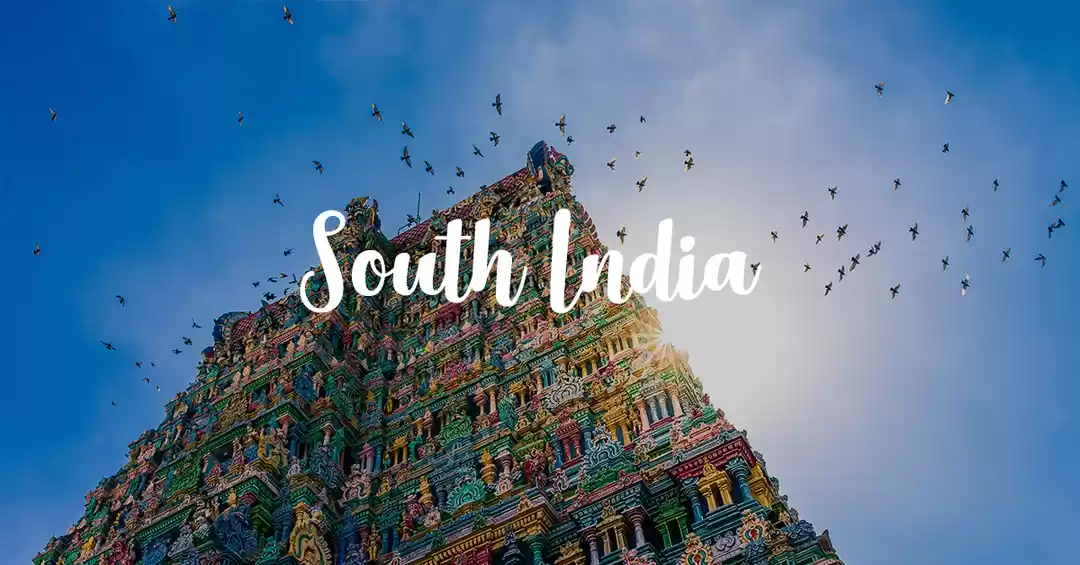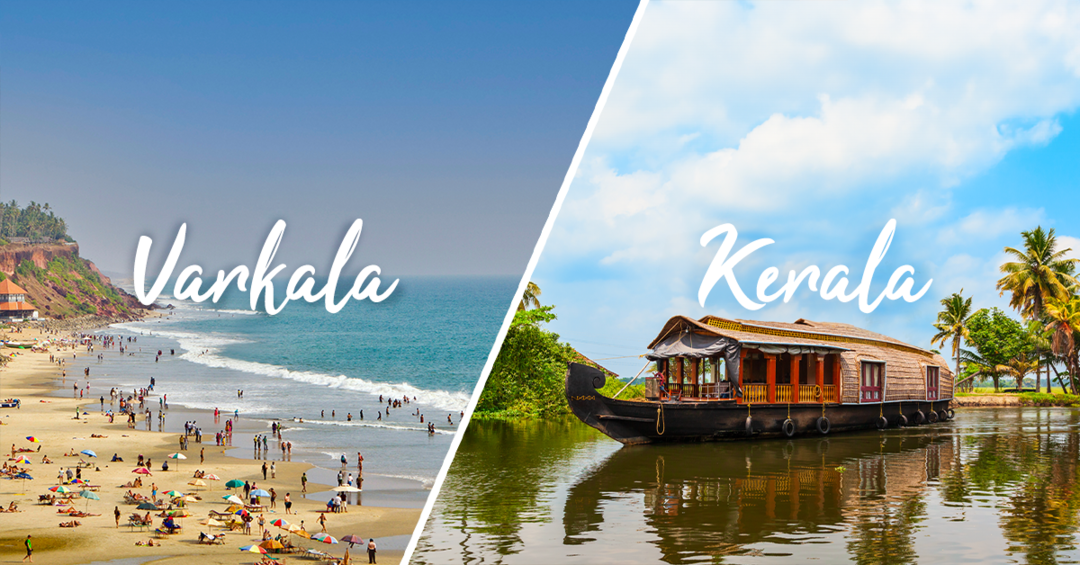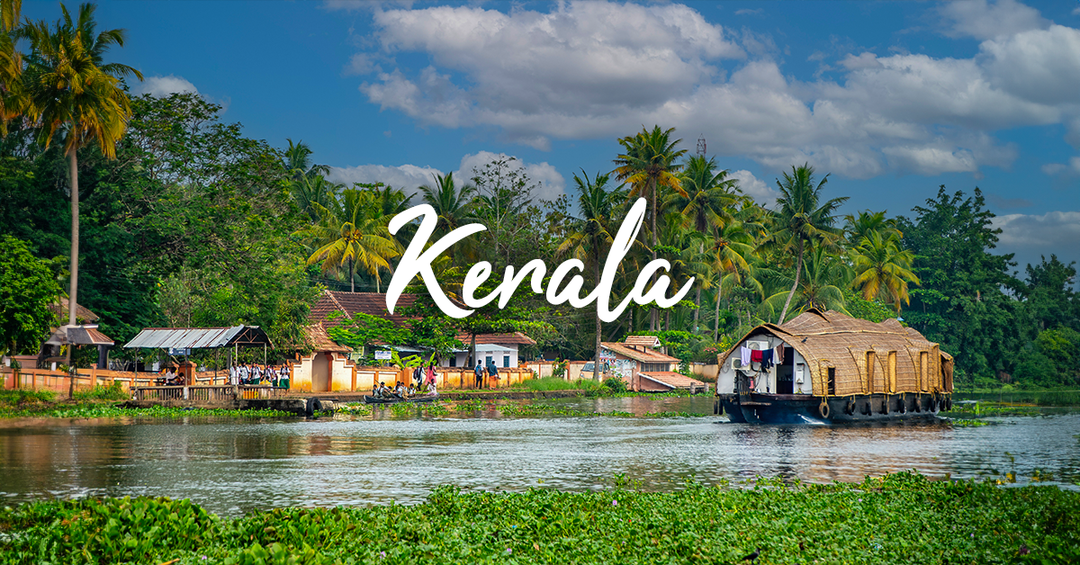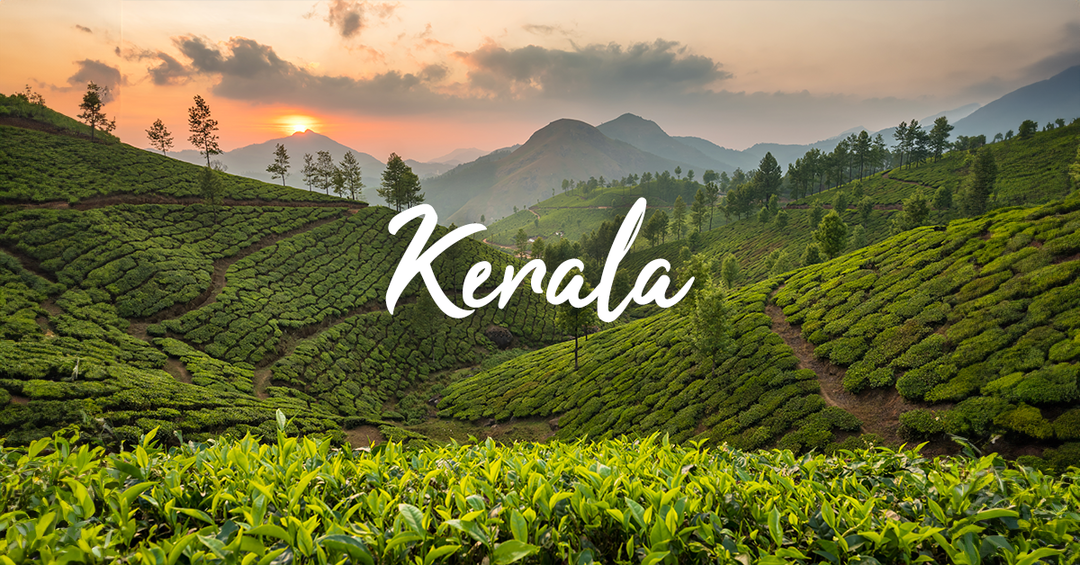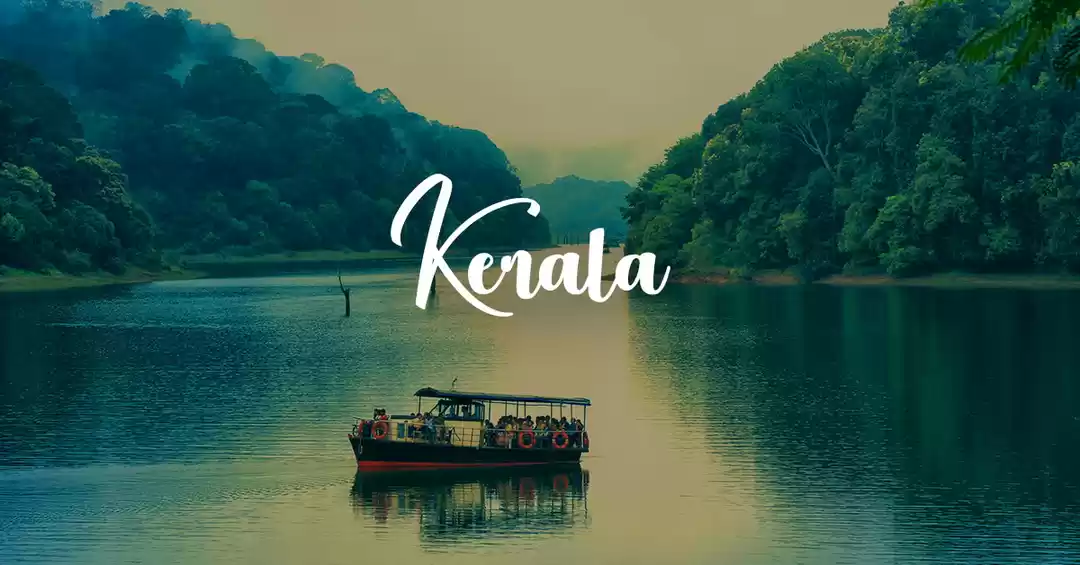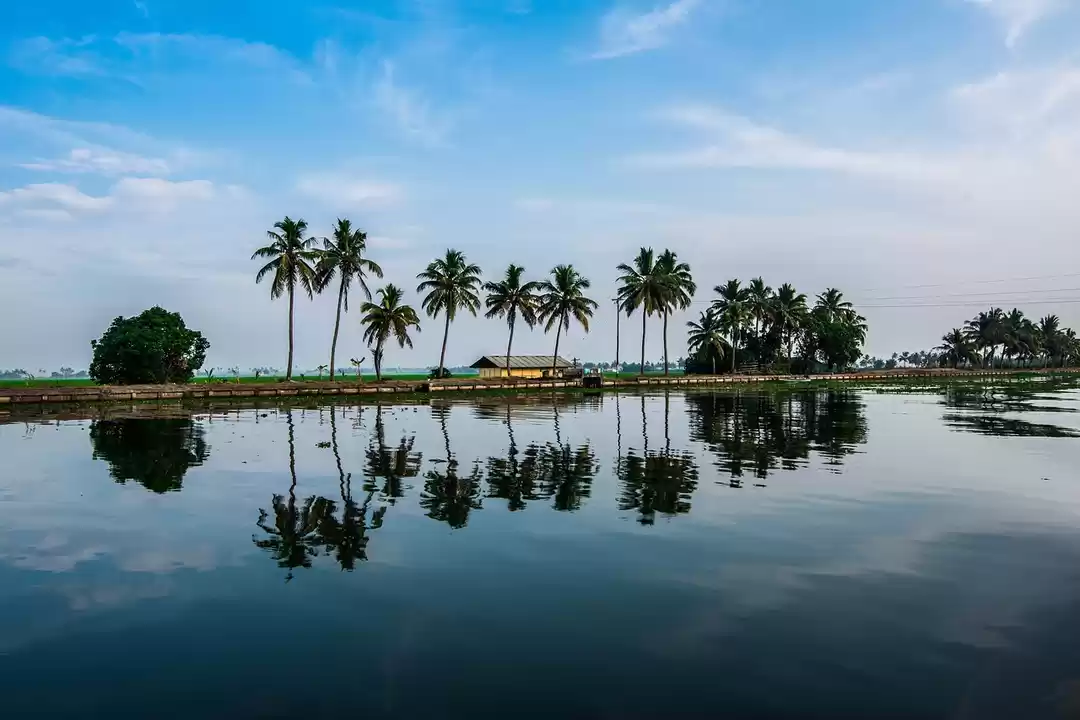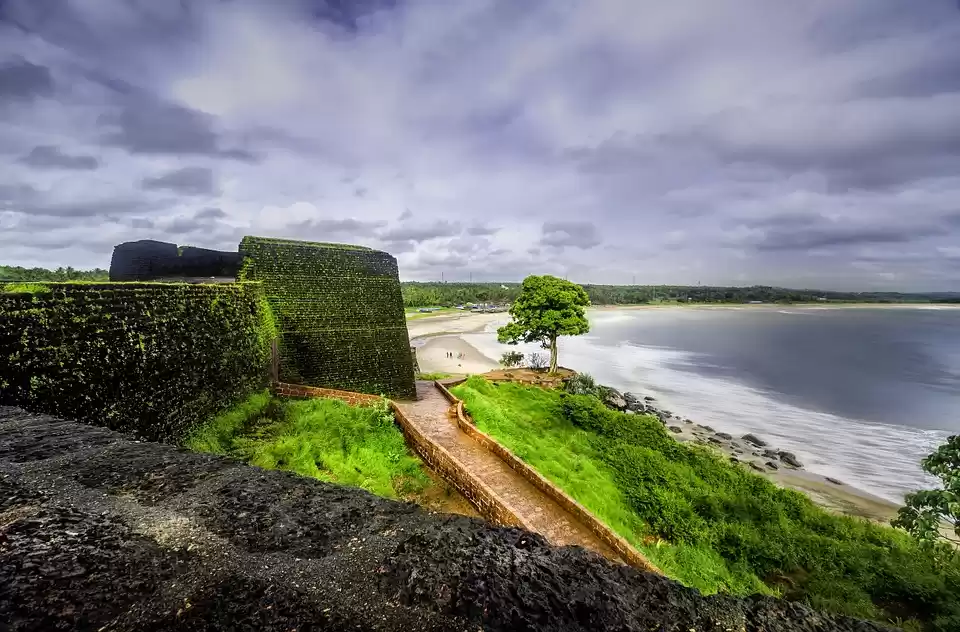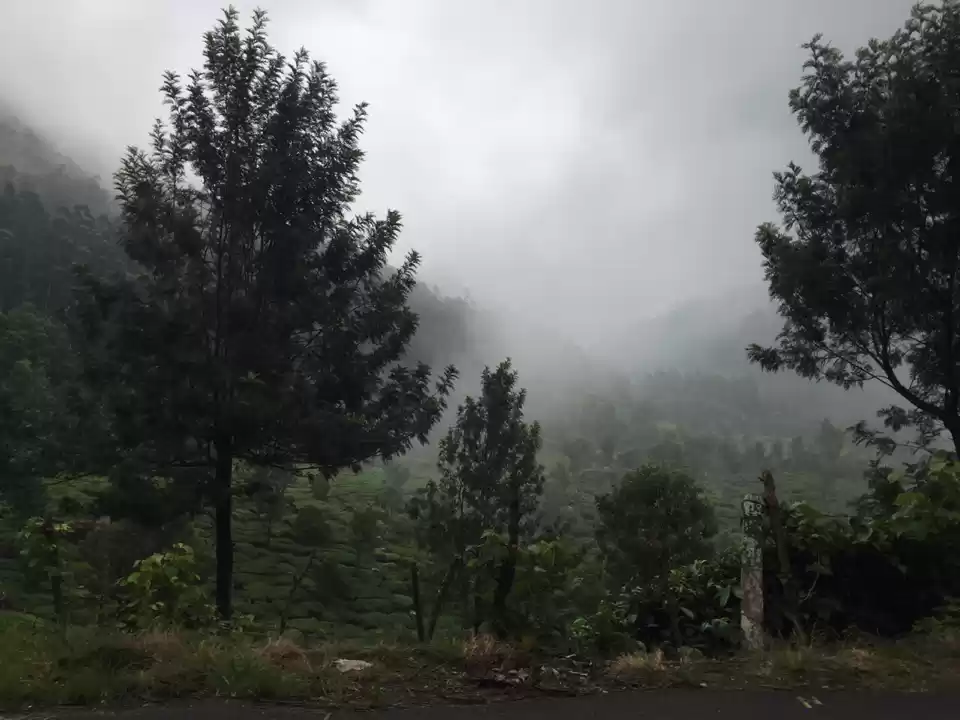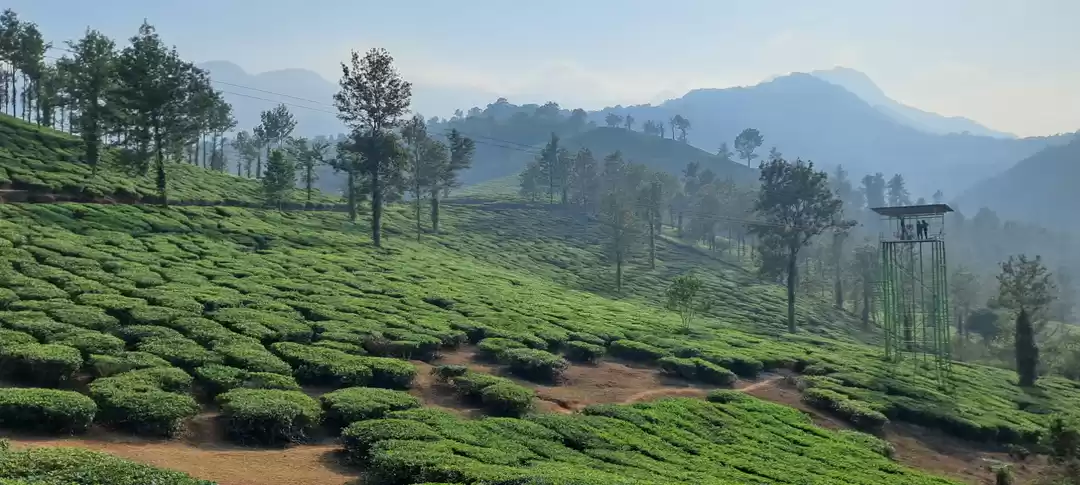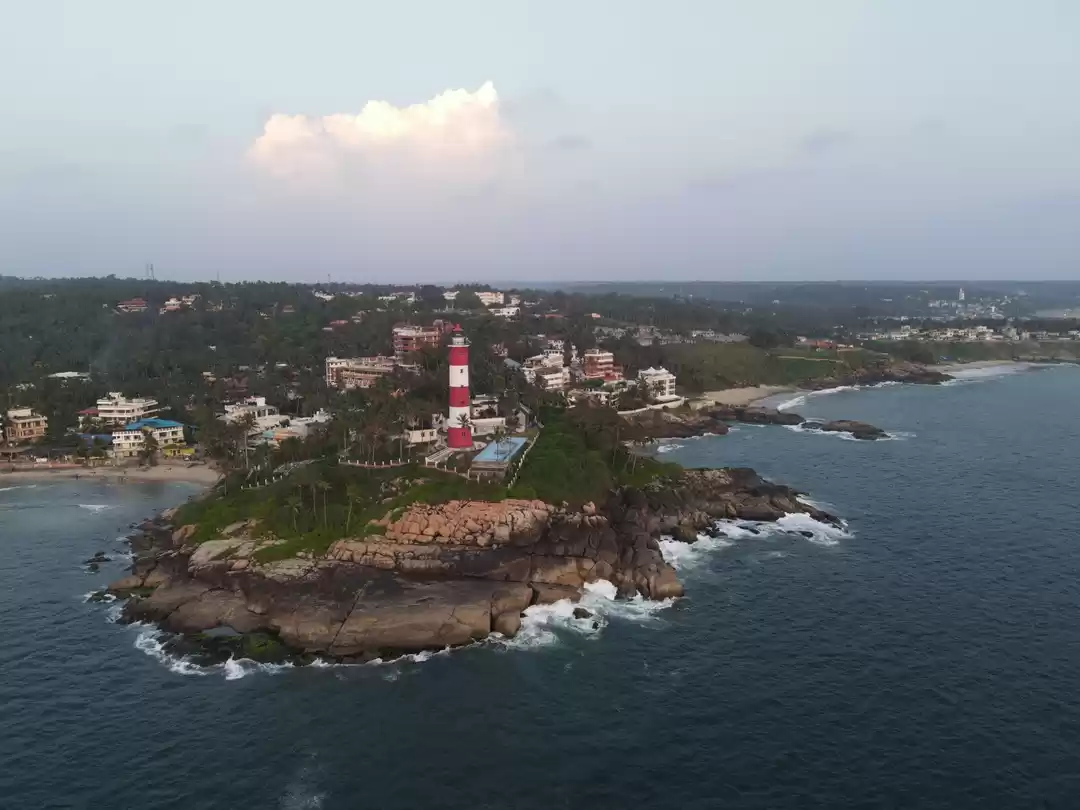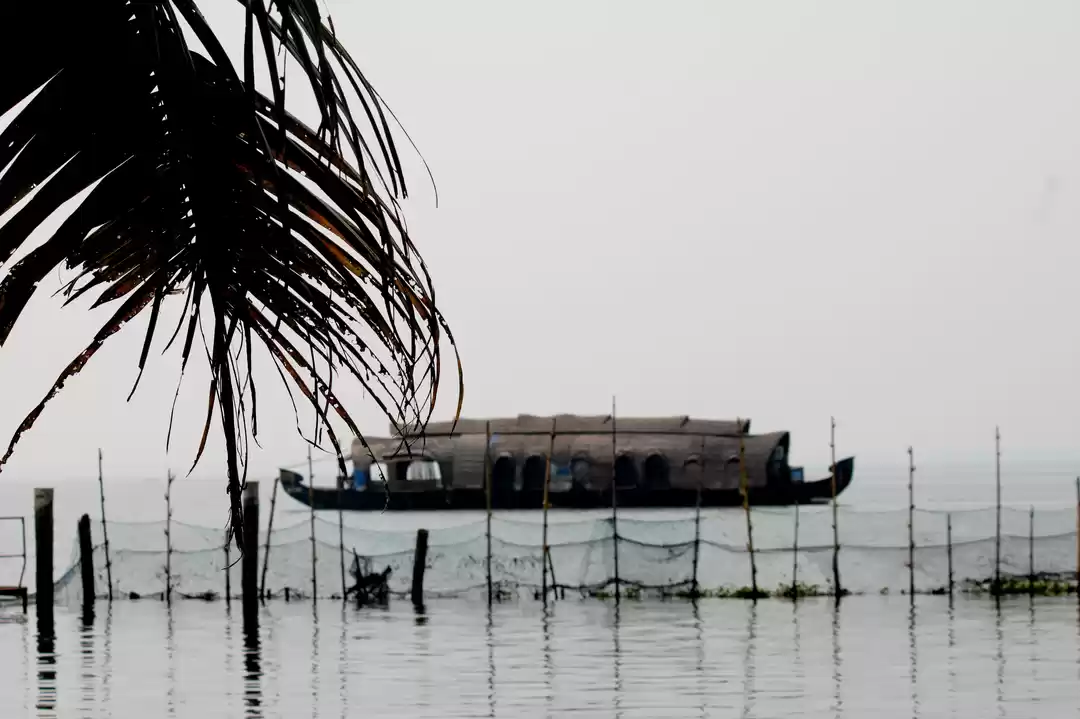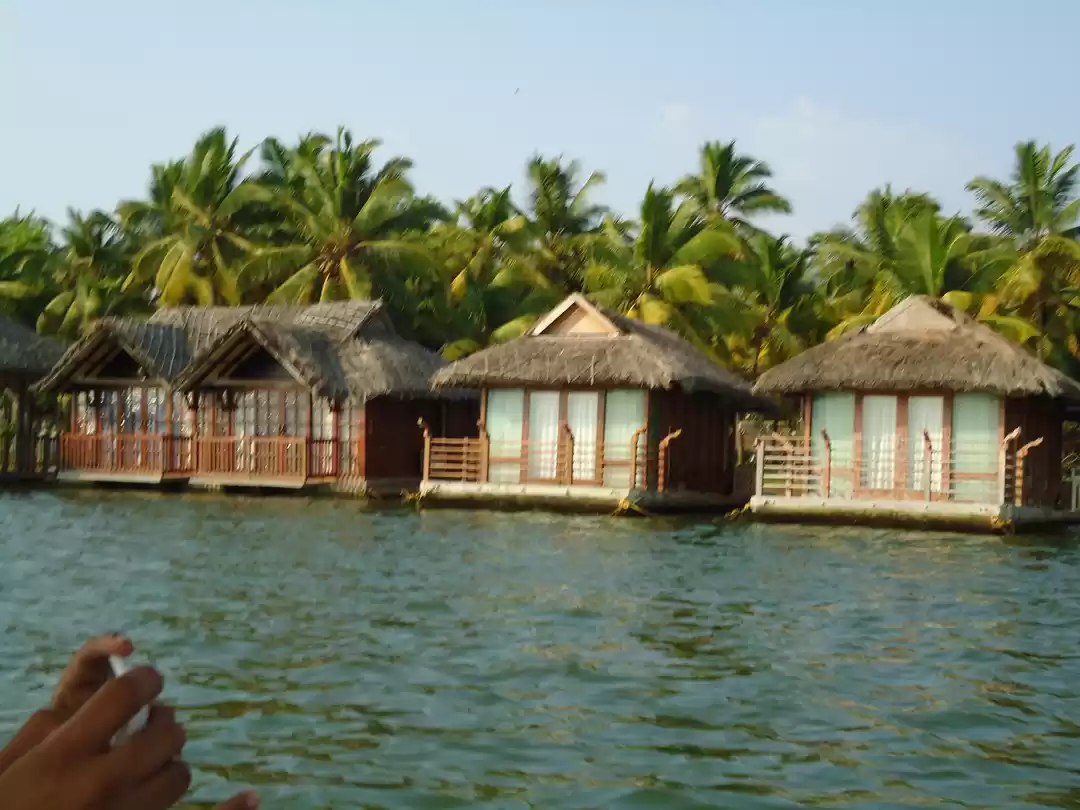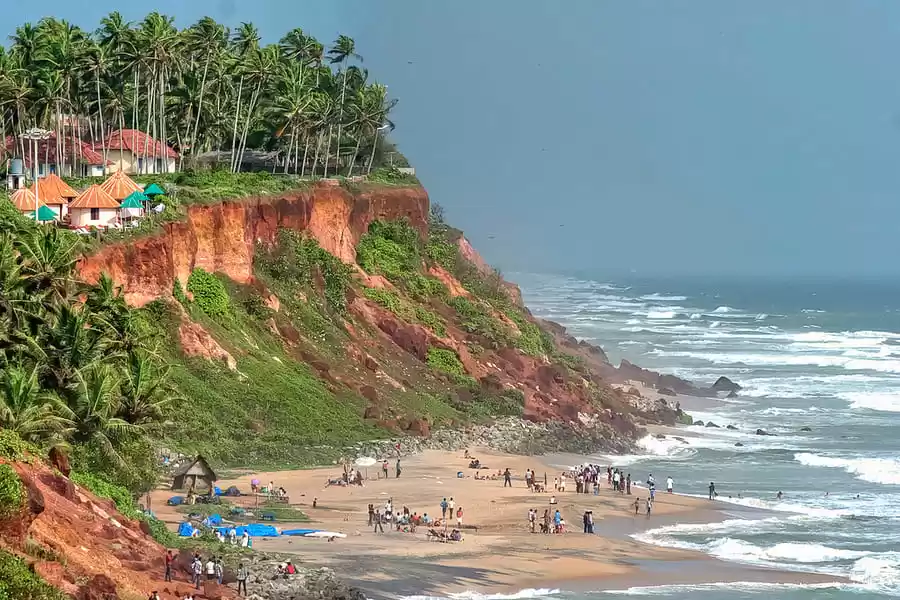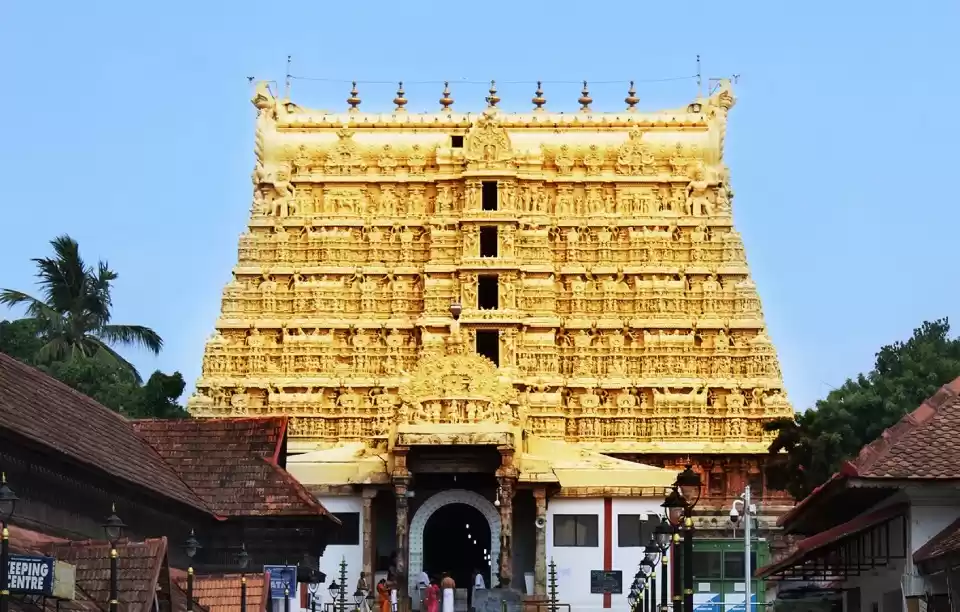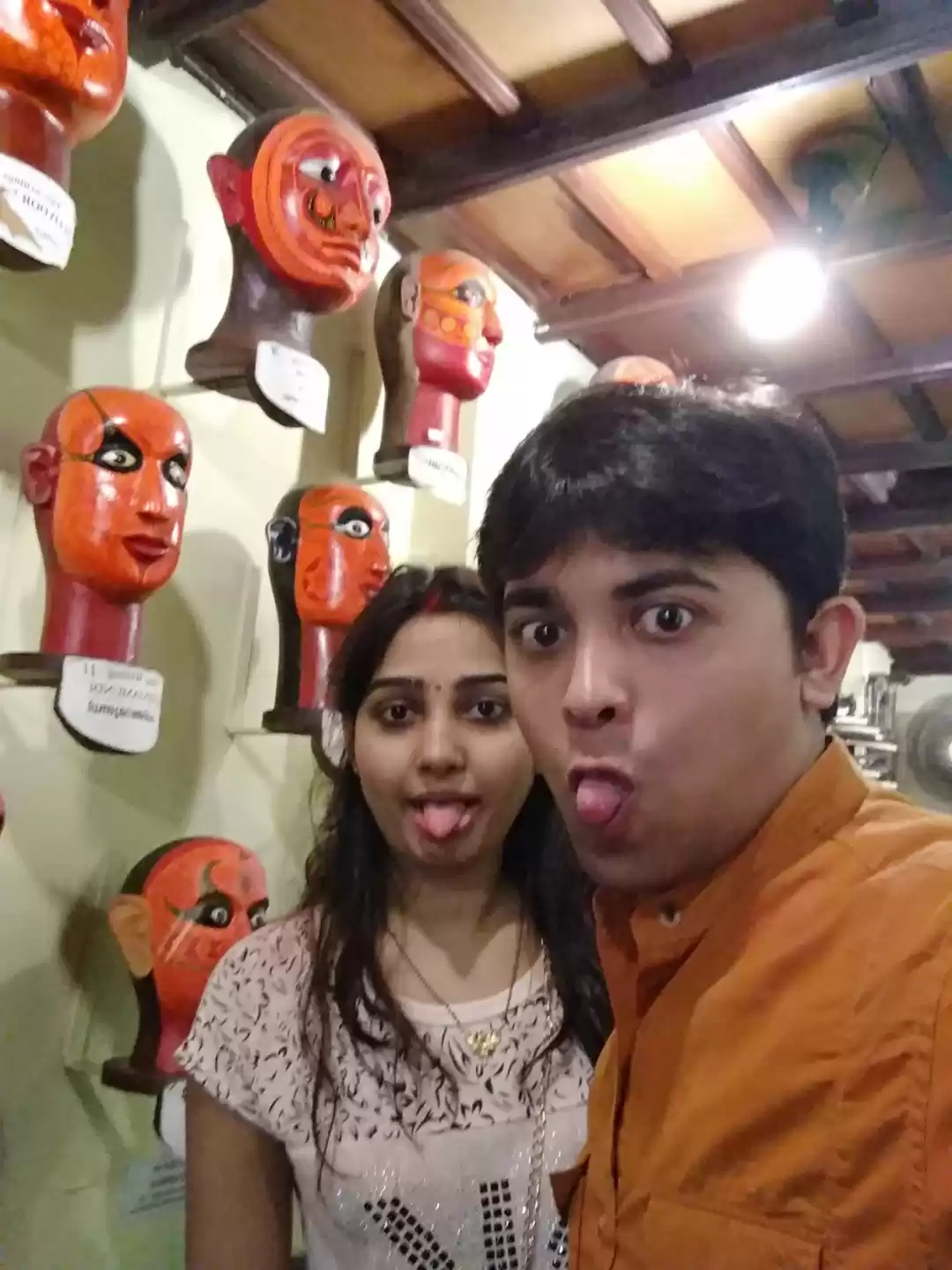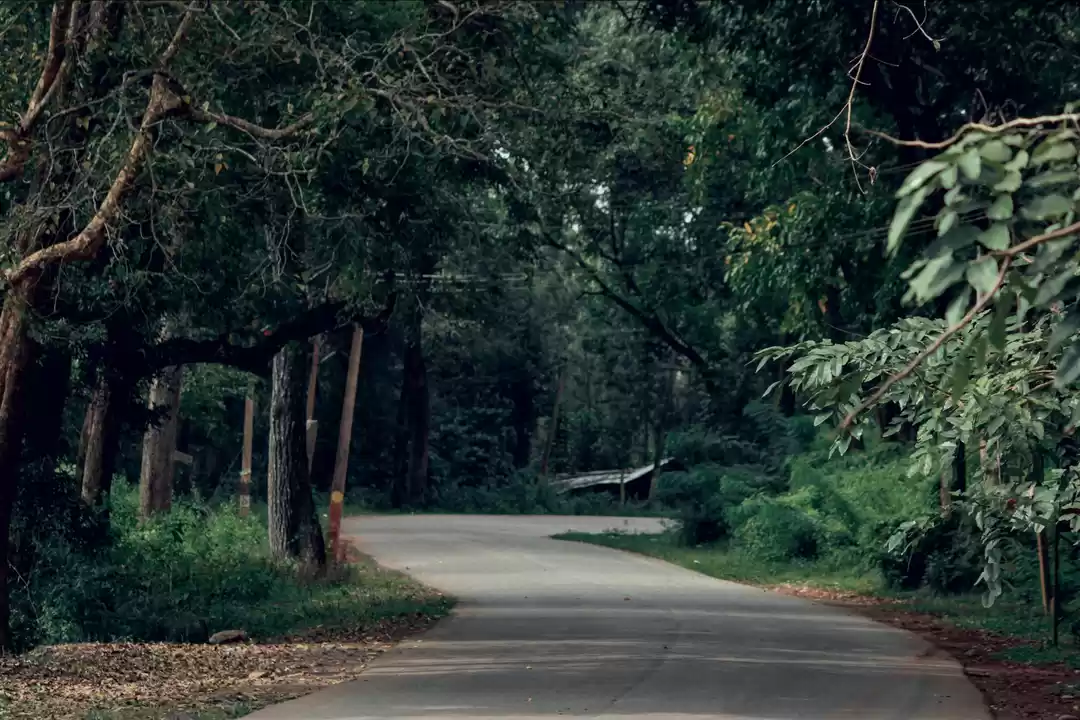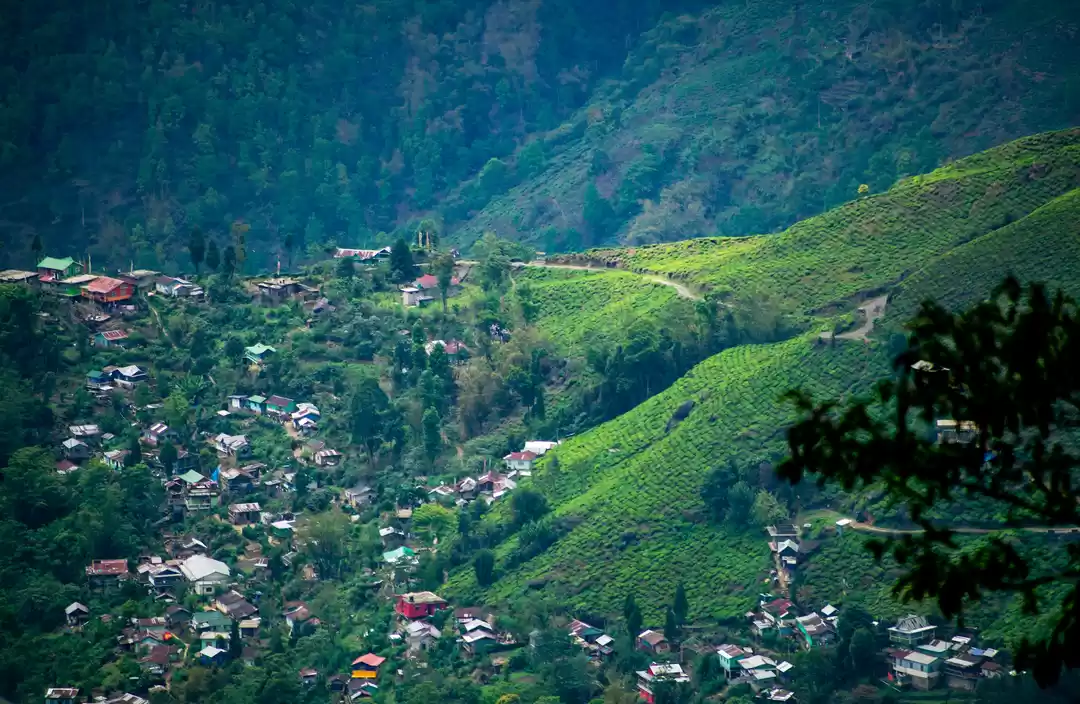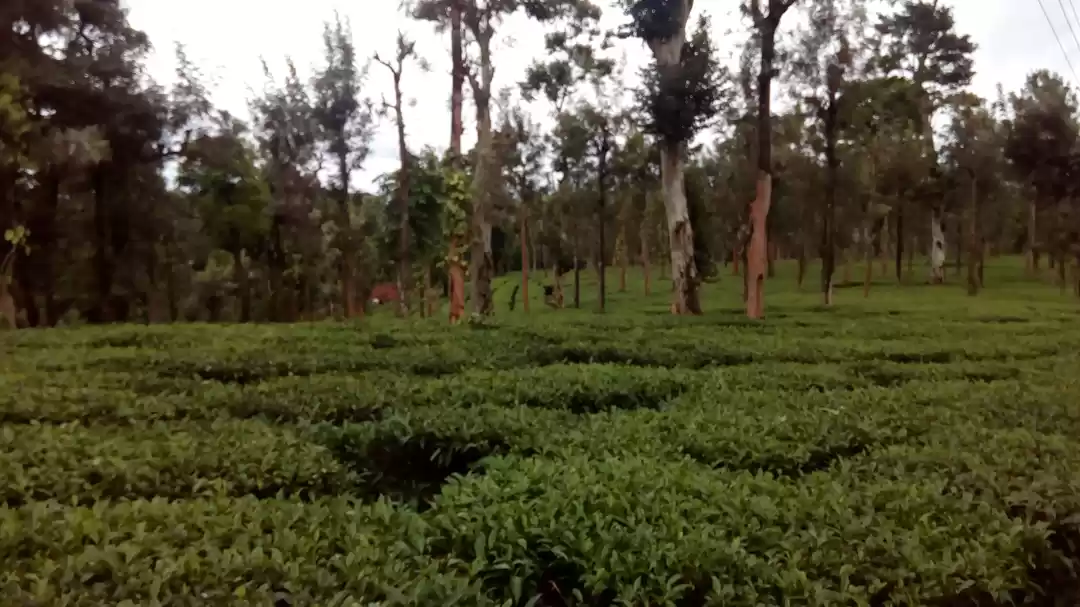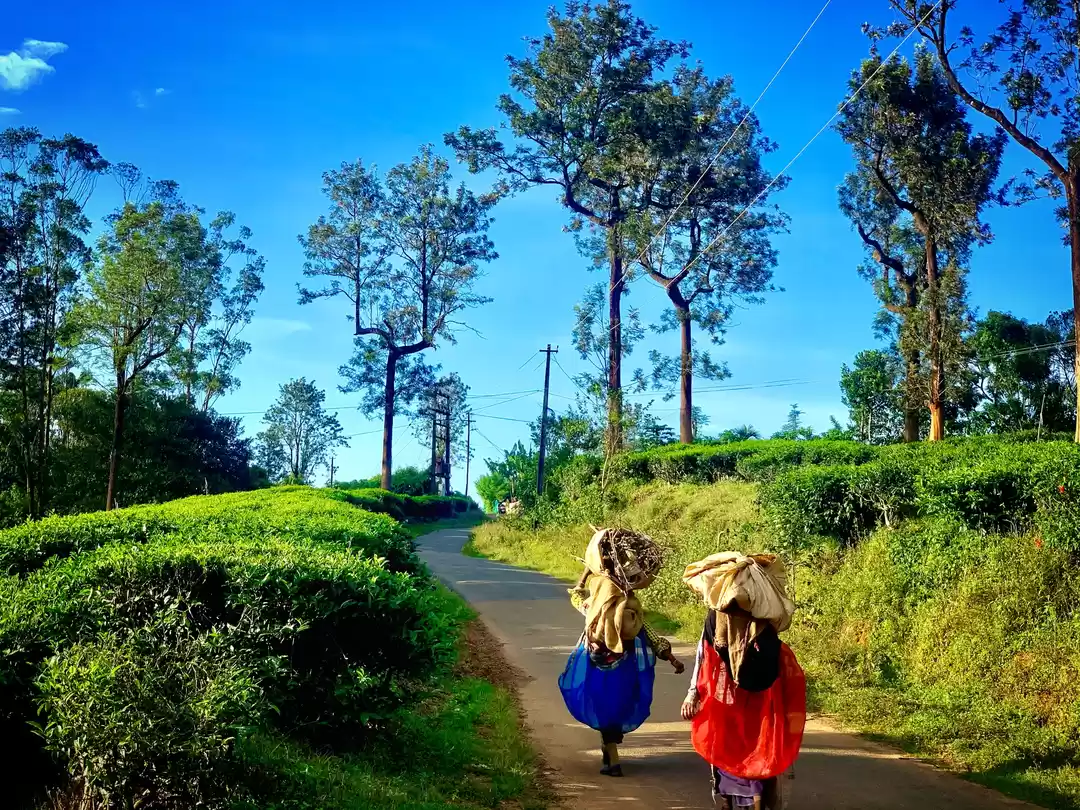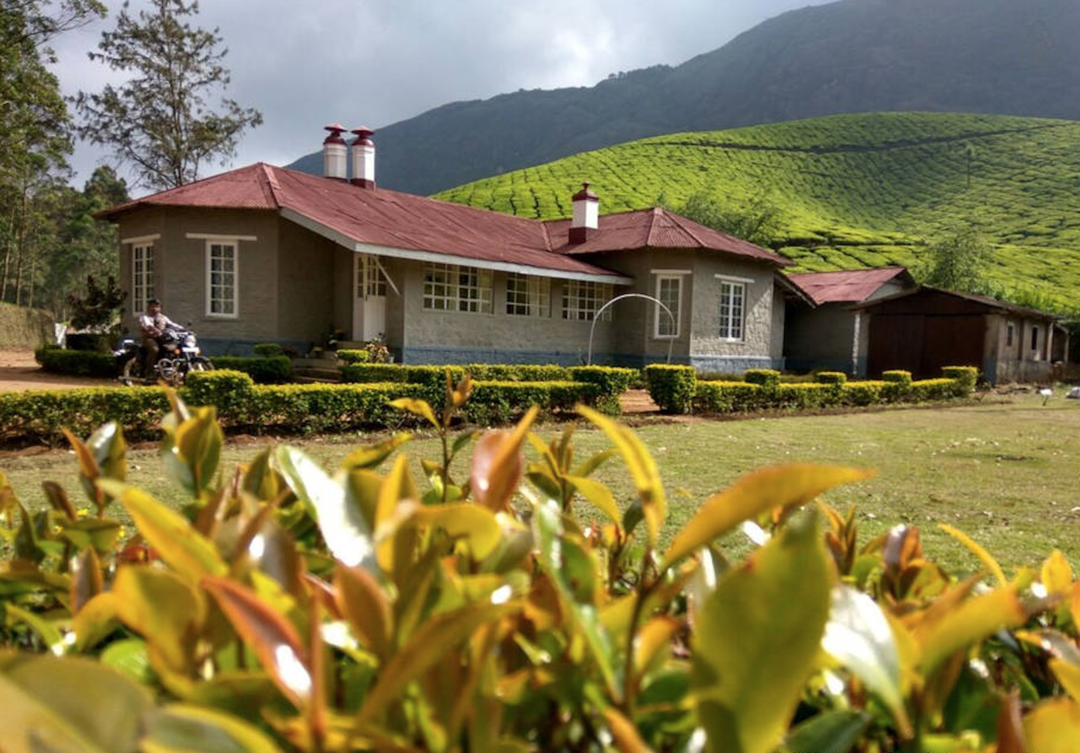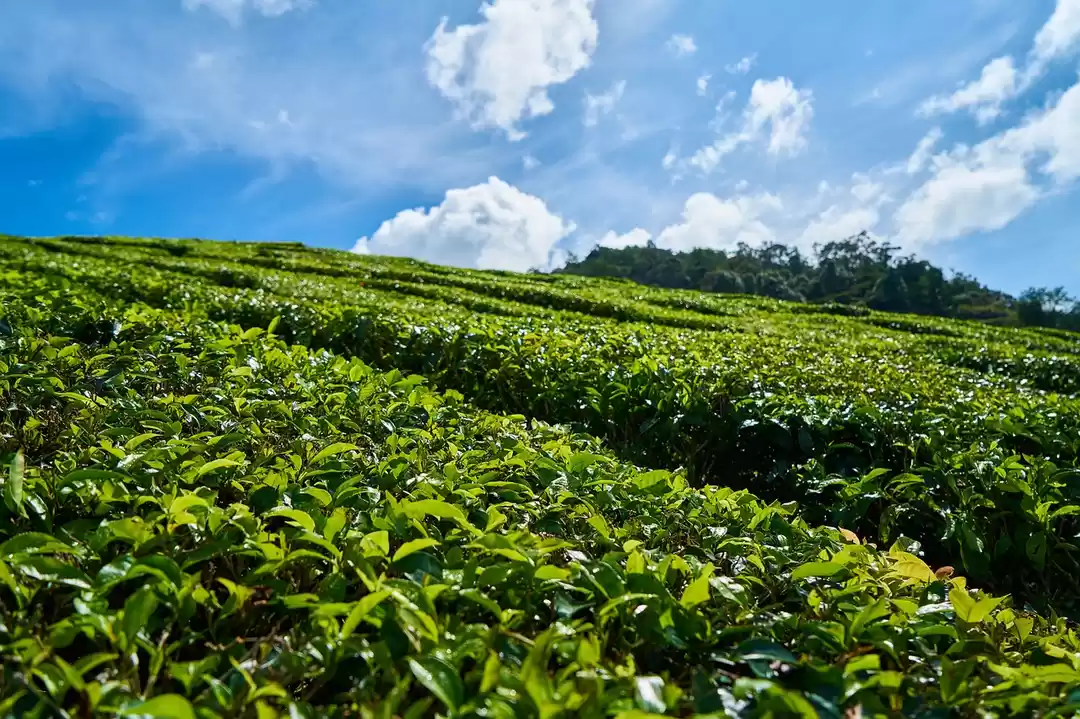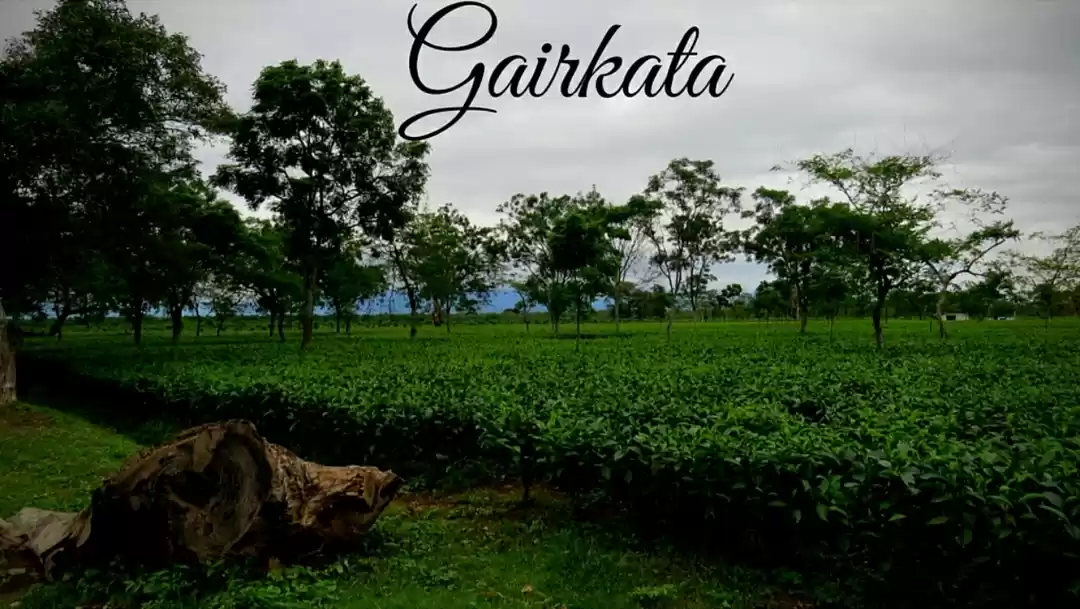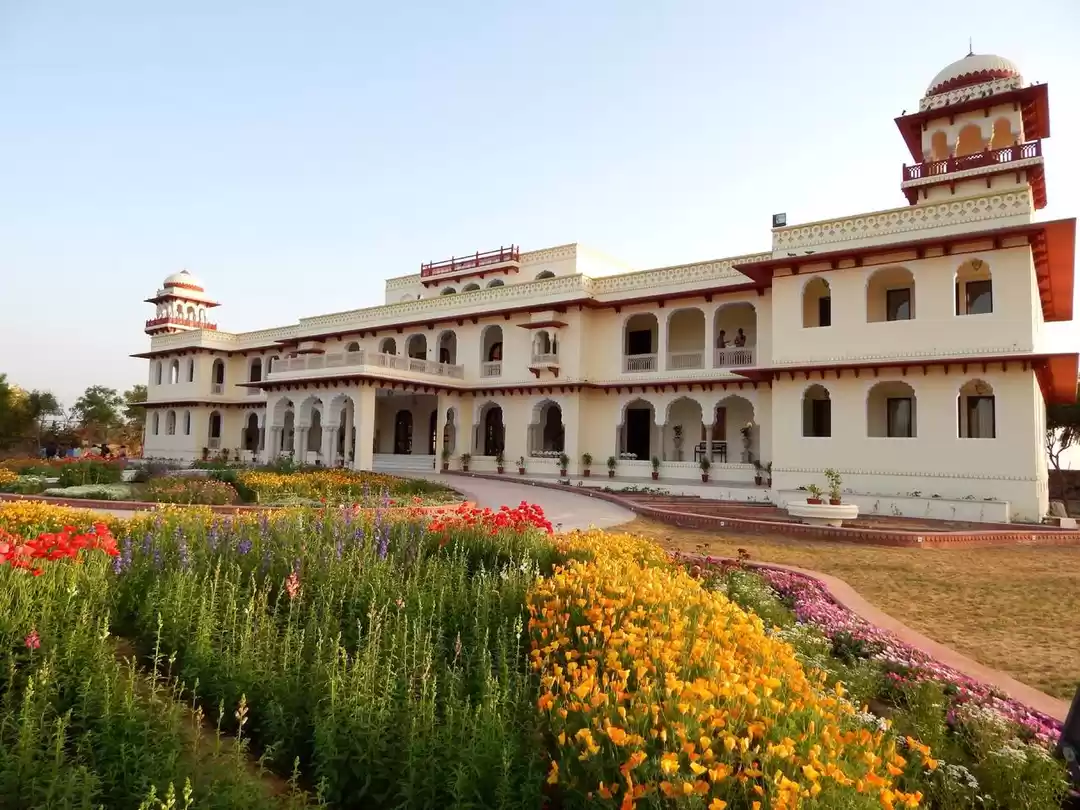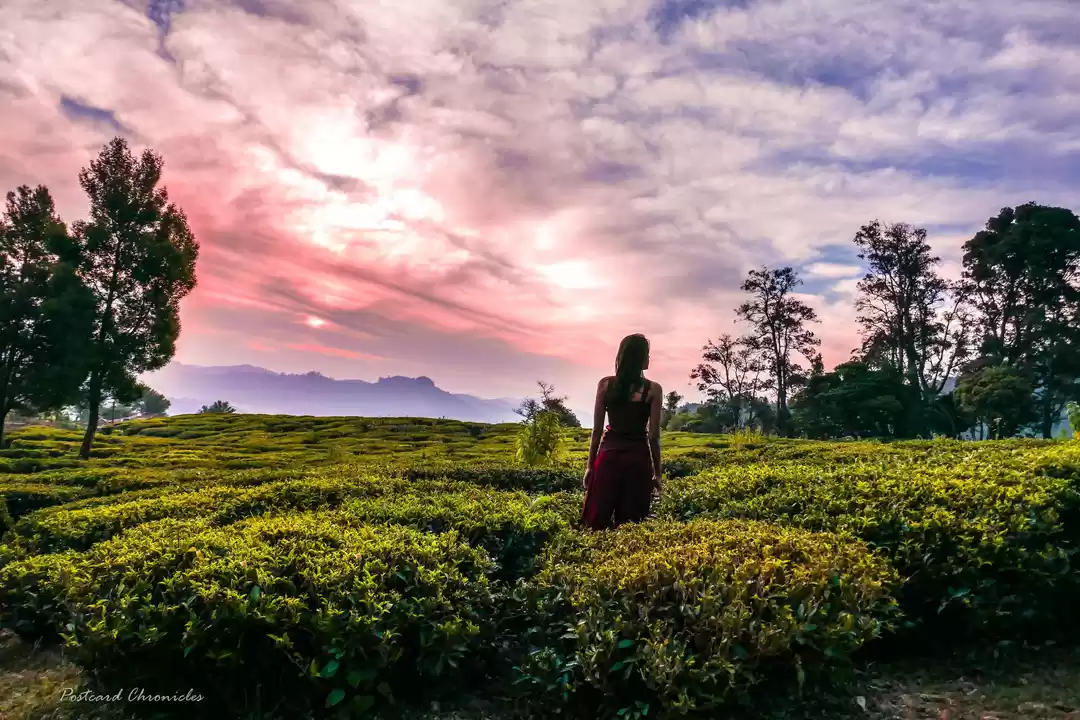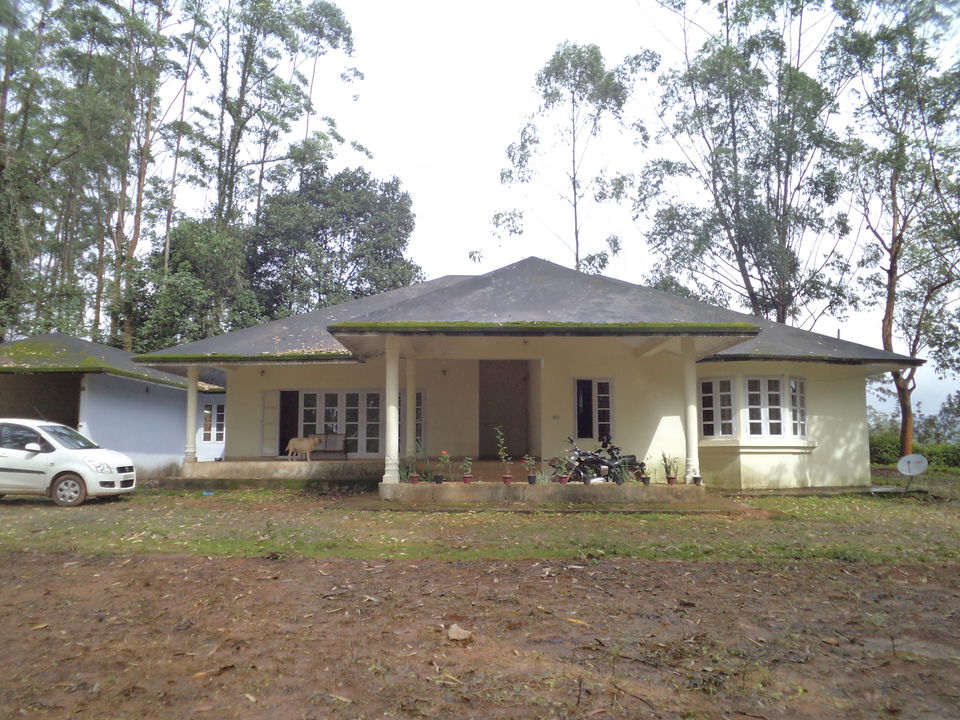
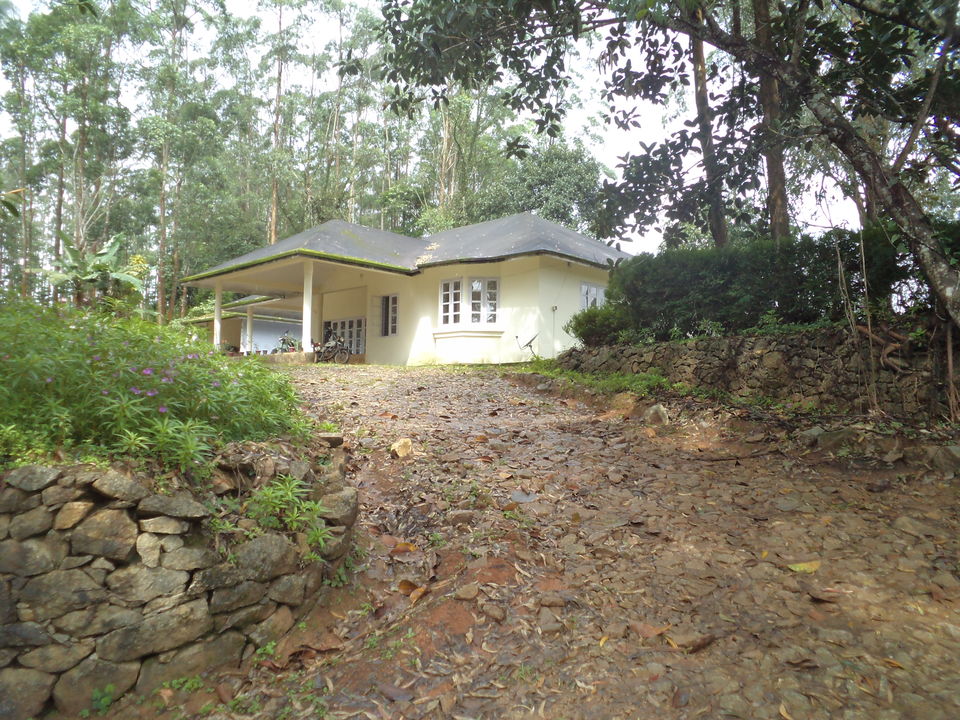
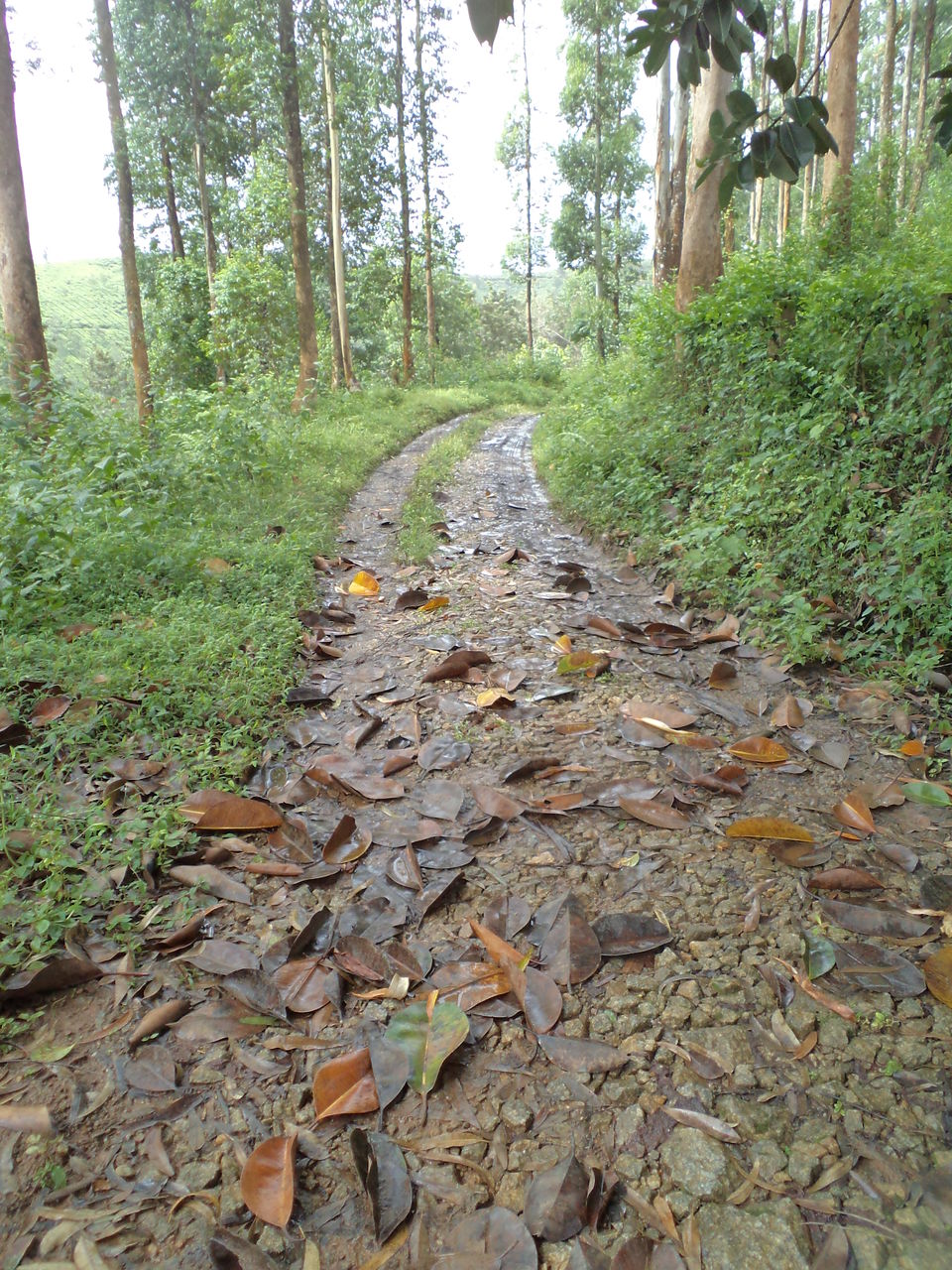
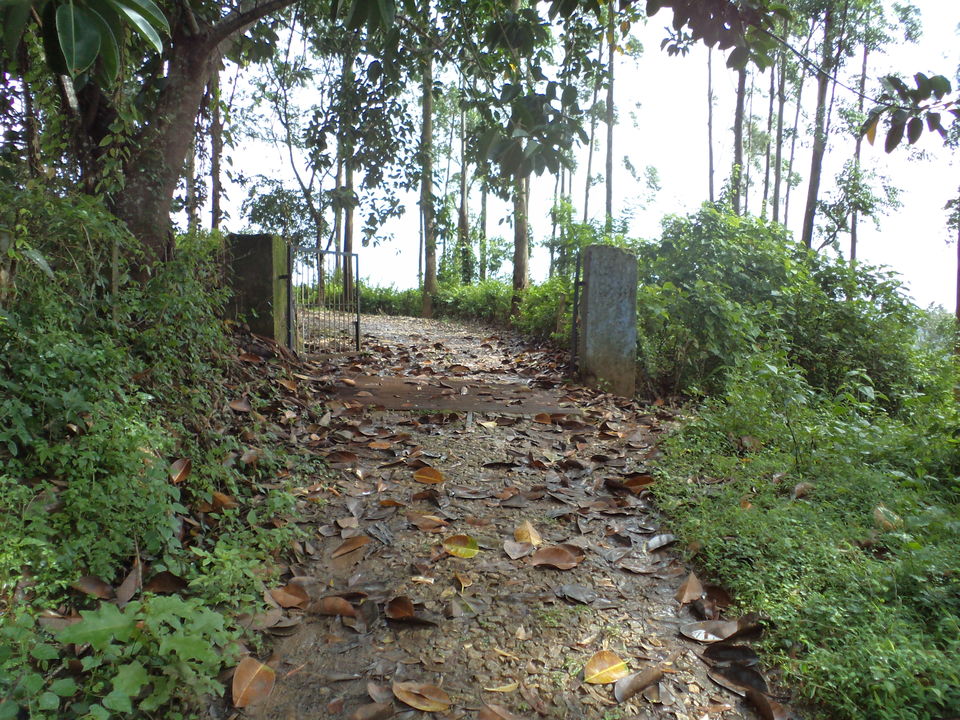
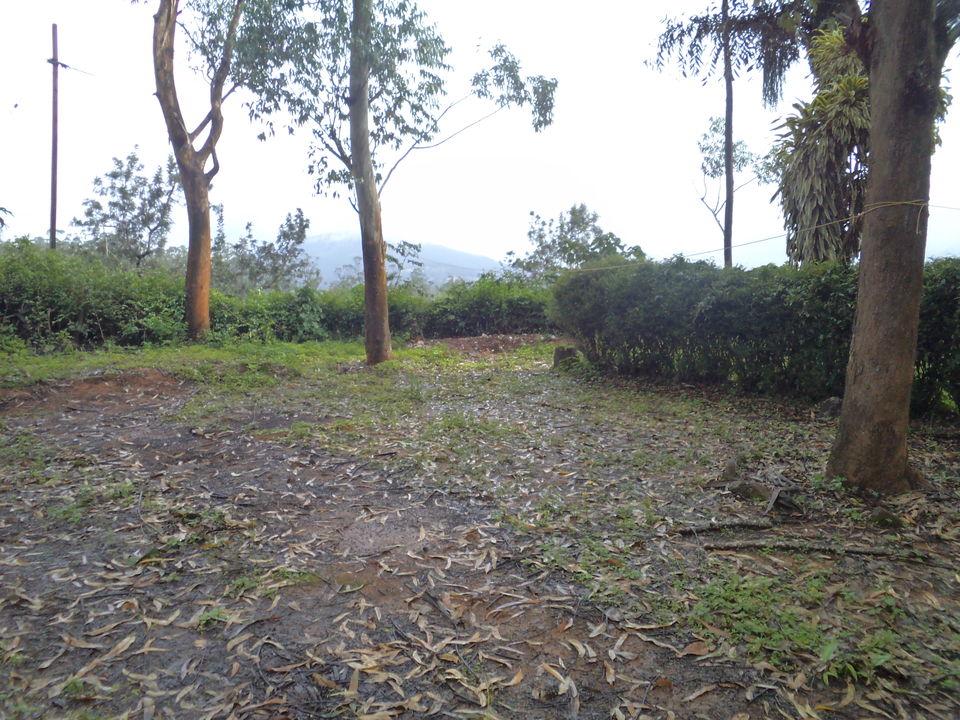
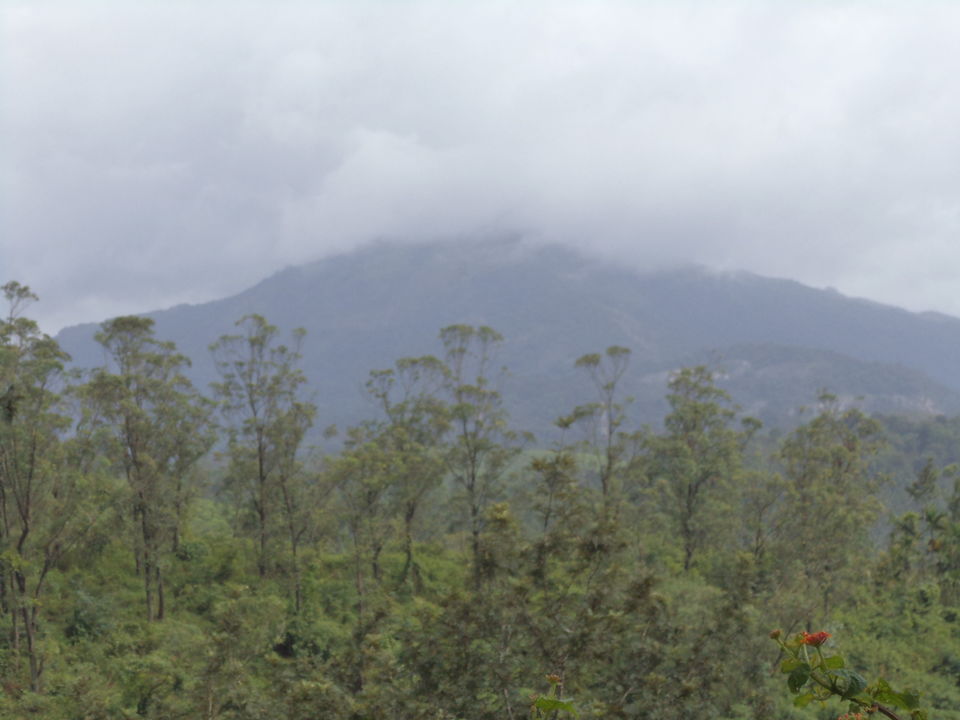
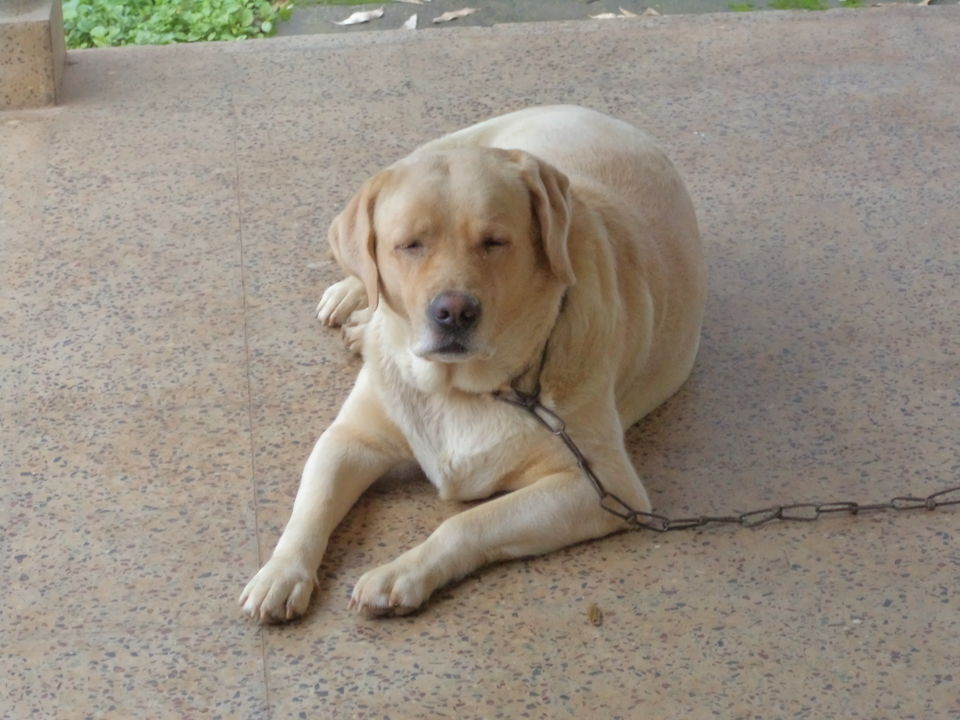
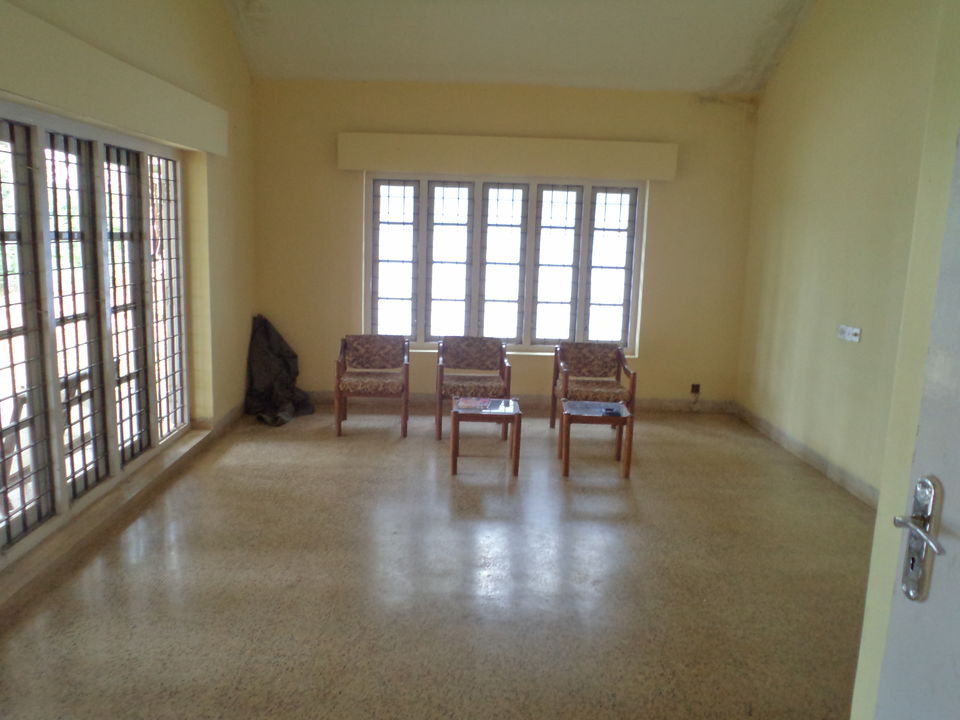
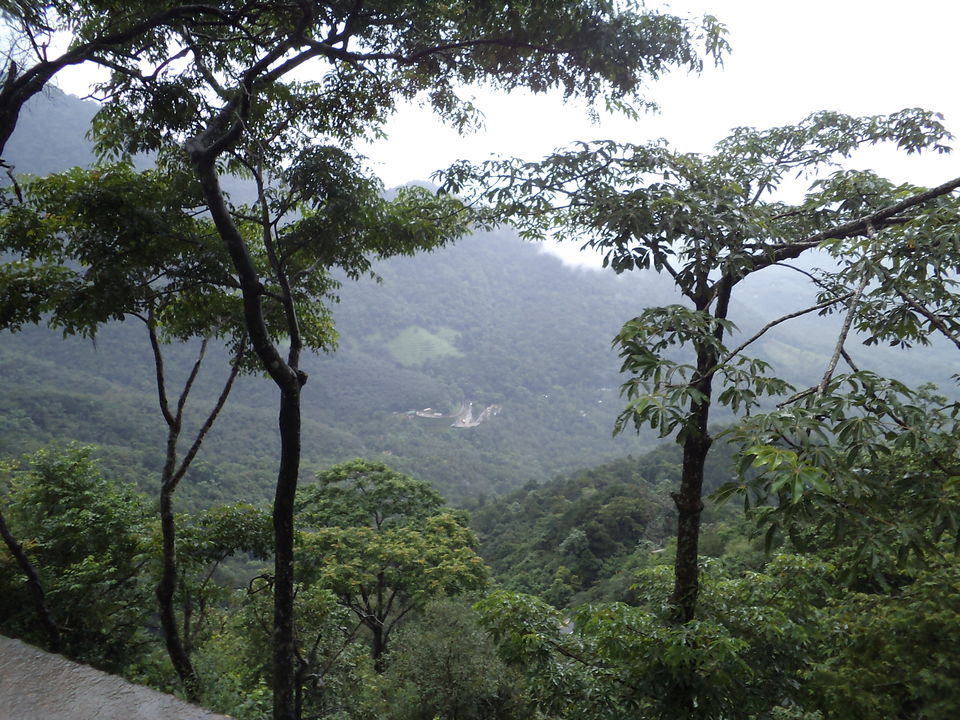
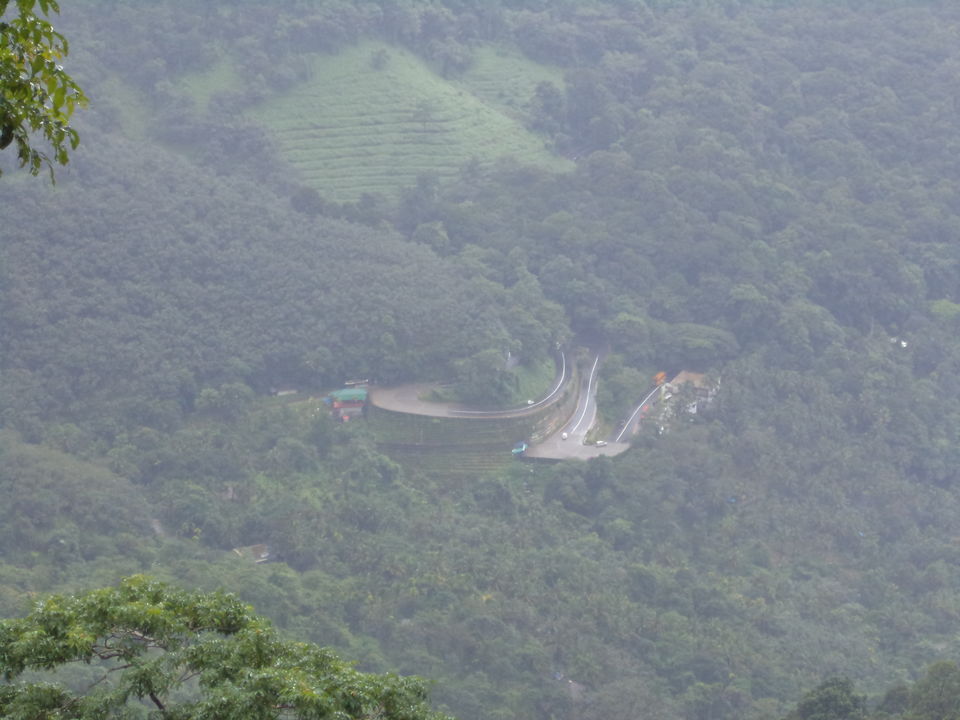
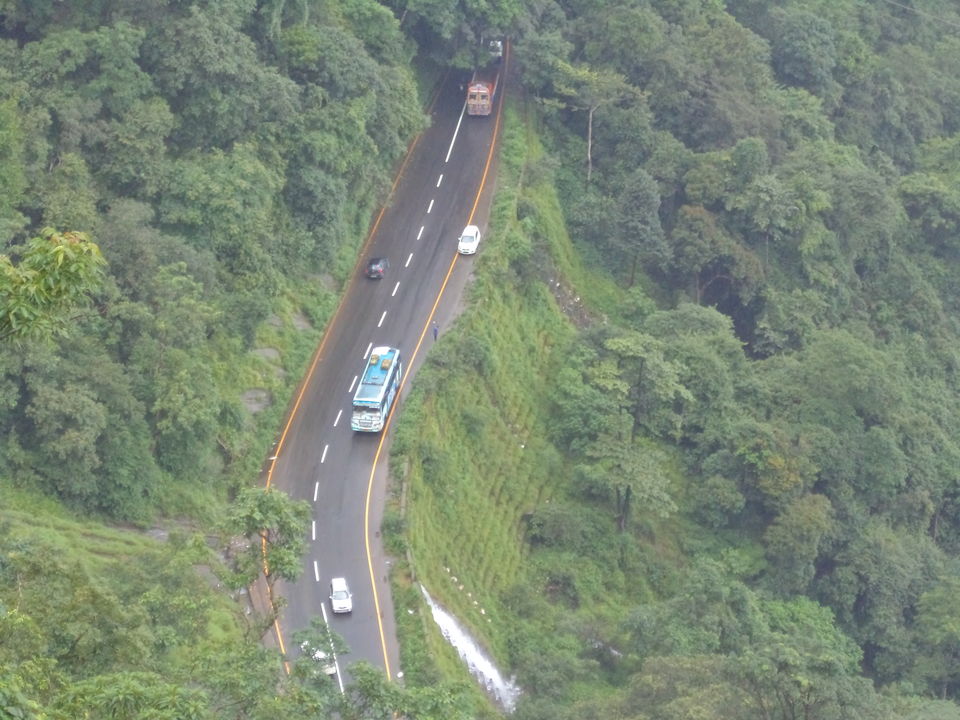
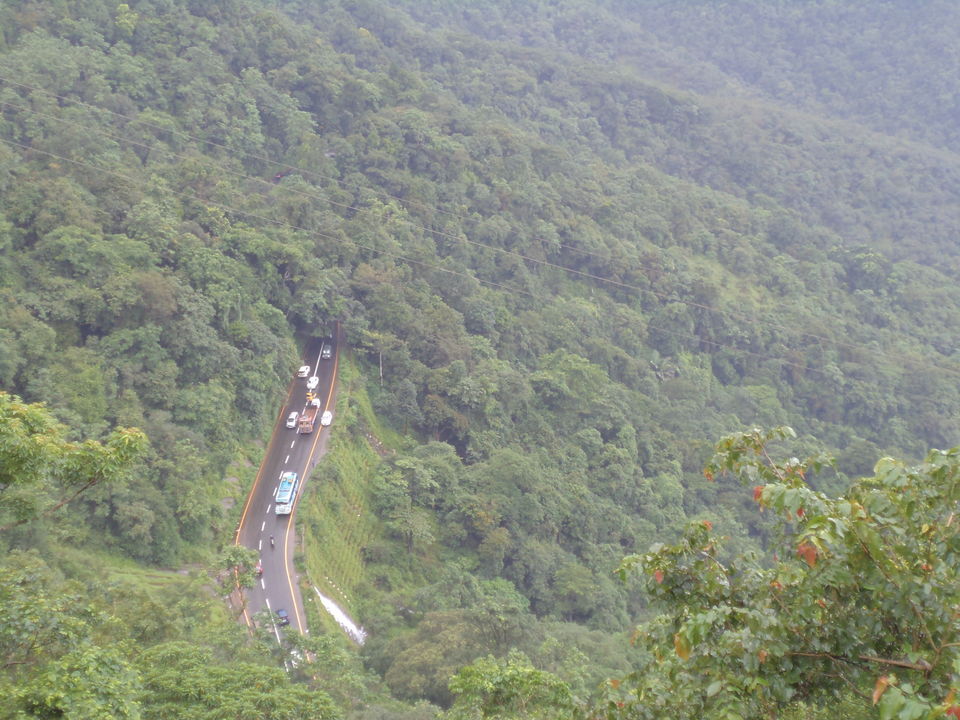
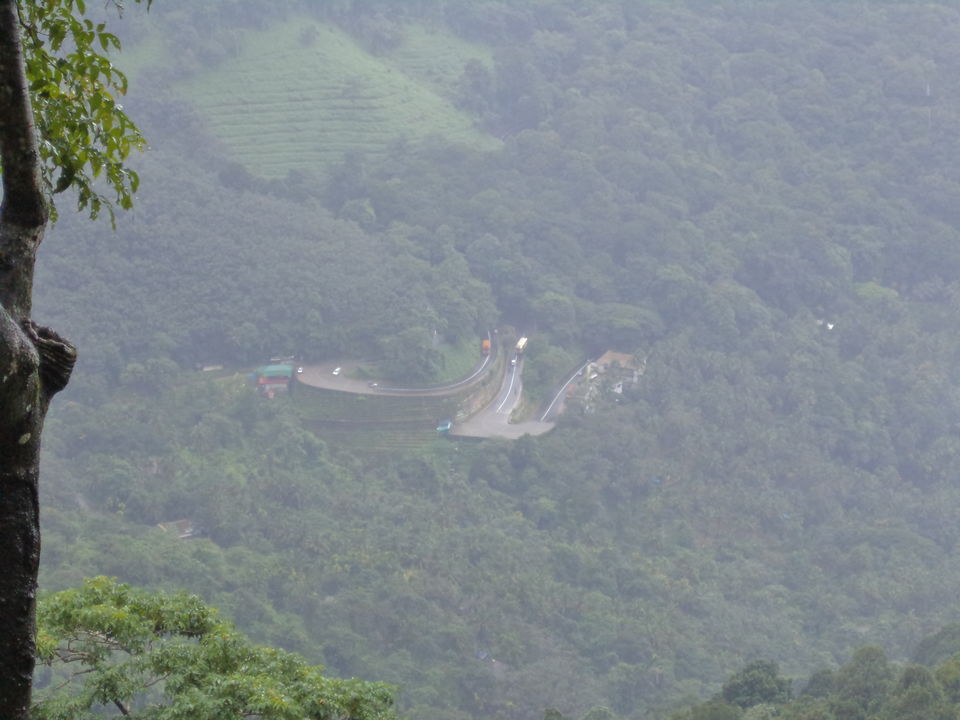
To all the chai lovers out there, have you ever wondered how that hot, steaming brew reached your hands? No, no. I'm not here to explain the process of picking tea leaves and drying, and processing them into what you find in colourful packets in your local supermarket. I'm hear to rant about a trip that I took recently to one of the many tea estates in Kerala.
I took a road trip to Wayanad on 27th of last month. There were four of us and the destination was a tea estate bungalow in Wayanad that belong to one of the biggest business groups in India. The estate was one among the many the group owned in India. One among us had a friend who worked as the manager in one of those estates.
The bungalow was in the middle of the tea estate, old style, with sloping roofs, common to every tea estate. It wasn't built by the British and the architecture declared it openly. A long, narrow, winding, stone paved path took one to the bungalow from the foothills of the estate. It drive was about one and half kilometers, but it would take one about 20-30 minutes to negotiate it and reach the top, especially if it has rained.
Surrounded by tall deciduous trees, the bungalow gives you a warm, cozy feeling. But the striking feature about the estate, the bungalow, and the need for this post is the culture being followed. It was the British who paved way for the development of the tea estates in Wayanad and Munnar. Even 67 years after the British left India, these tea estates still follow the British culture and hierarchy religiously.
The estate managers are pampered in true British style. You've a full time cook, a house keeper, and a gardener to cater to your needs in the bungalow. Hot, steaming food is served round the clock. And you've people to cater to every need of yours - to make beds, to do laundry, provide you clean sheets, clean the house, tend to the plants, and what not! And they stand with utmost reverence and look up to their "masters". The managers are provided with an old Royal Enfield, company maintained and serviced. Add to that the fact that the official uniform for the managers is shirt/t-shirts tucked in with company issue half trousers complete with leather belts and shoes!
The final touch is added by the fact that the company still follows the system left by the British. We still find a lot of British Raj existing here openly. For example, the estates have a strict hierarchy system, and you've access to people only on a need basis. There is the manager, the assistant manager, the supervisor, and then the different classes of plantation workers. The managers are not allowed to mingle with the locals, or make purchases from any of the shops near the estate! All your supplies are to be purchased from the company owned store some 20-30 kilometers away!
Sometimes, we take things for granted. The manager of the estate tells me that there was an uprising among the estate workers recently that saw a lot of violence. As a remnant of the struggle, I had noticed two red flags on either side of the main gate leading to the estate. As you take a sip of the hot beverage and read this, you didn't know that there are a hundred stories to be told about that chai in your hand and how Her Majesty still influences the lives of thousands even after six decades of independence!
Frequent searches leading to this page:-
wayanad trip experience, wayanad sample itinerary, 3 night wayanad itinerary, wayanad itinerary for 5 days







